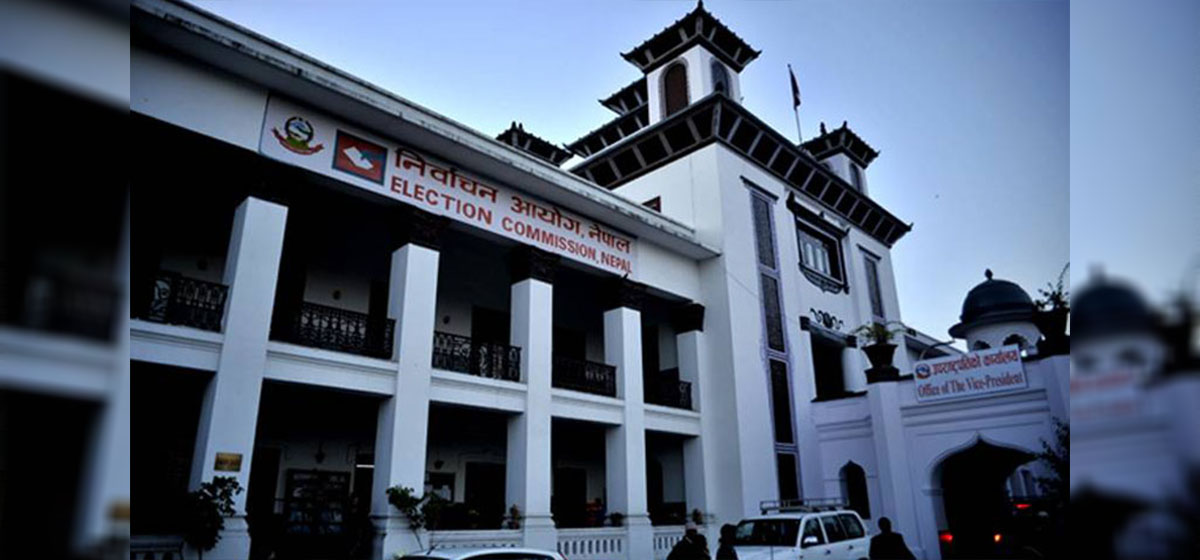KATHMANDU, March 15: As a part of the ambitious plan to establish a comprehensive network of air quality monitoring stations across the country, two more air quality monitoring stations have been set up on Tuesday - one at Ratna Park and the other at the US Embassy's recreational centre at Phora Durbar.
The two new stations will feed live pollution data online and bolster air quality monitoring in the Kathmandu Valley.
The systems were installed by the Ministry of Population and Environment (MoPE) in cooperation with the US Embassy and the International Centre for Integrated Mountain Development (ICIMOD).
MoPE Secretary Bishwa Nath Oli, US Ambassador Alaina B Teplitz and ICIMOD Director General David Molden jointly inaugurated the unveiling ceremony.
Air pollution kills 37,399 people per year in Nepal: Study

The station at Phora Durbar will feed data to the Environment Protection Agency (EPA) as a part of its real time air quality index measurement of major world cities. The public can access the information collected from the station through the embassy's website. On the other hand, MoPE has been disseminating air quality information to the public through its portal www.pollution.gov.np.
The Department of Environment already has one operational air quality monitoring station at Ratna Park. The new station at Ratna Park is located nearby the statue of Ganesh Man Singh and is at a fair distance from the existing station. Apart from this, MoPE is also collecting the valley's air quality information from its station at Pulchowk.
MoPE Secretary Oli informed Republica that altogether 56 locations have been identified throughout the country to set up air quality monitoring stations. According to him, the ministry plans to set up few more stations in the valley and Pokhara in this fiscal year.
“The ministry and department are working in close collaboration with development partners, academia, and civil society. Such collaborative efforts will certainly be fruitful for better environment management in the country,” said the secretary.
ICIMOD's Molden said that the access to real-time data provides a basis for building emergency responses to episodes of bad air pollution and also helps design better mitigation efforts.
While praising the cooperation between the governments of the US and Nepal, US Ambassador Teplitz said this new era of partnership between the two countries will provide solid scientific data for citizens and for policy makers to make informed decisions.
“Knowing the level and type of pollution in the air we are breathing is critical,” she said, “Because the truth is we all breathe the same air, and we're all going to have to work together to improve it.”




_20230506072433.jpg)



























